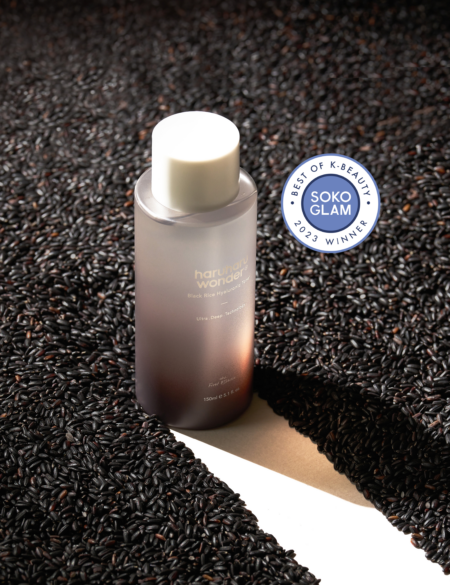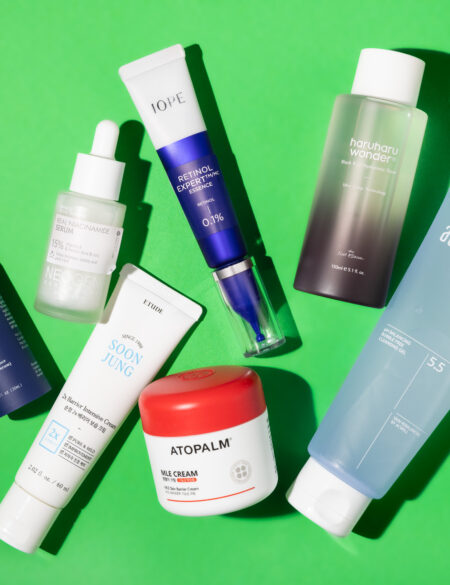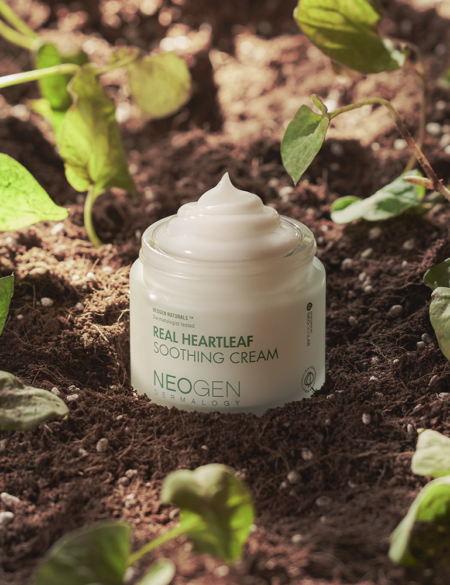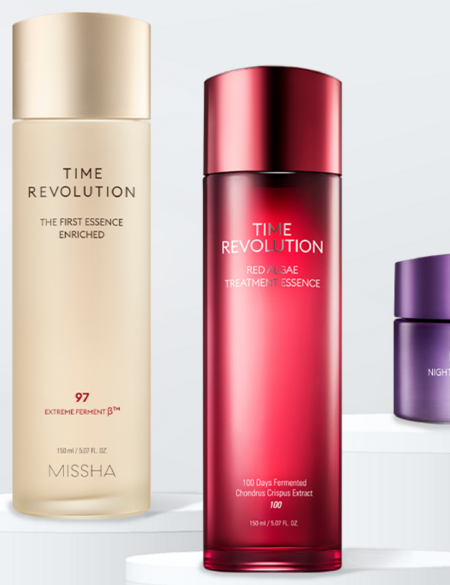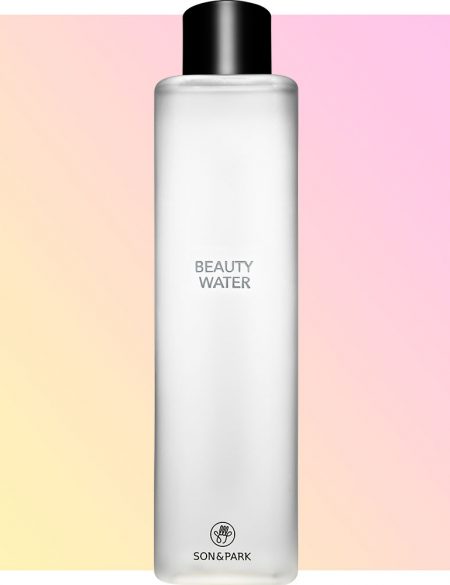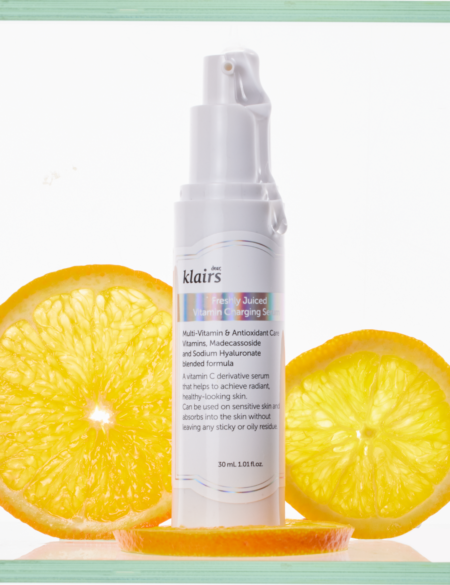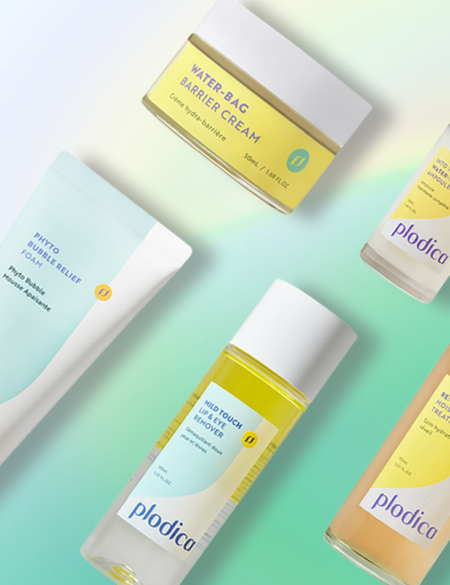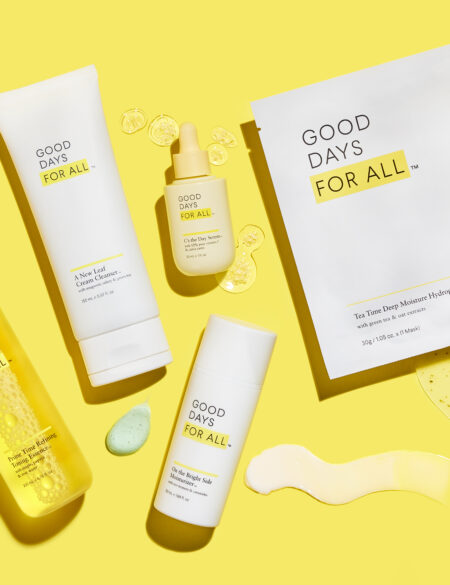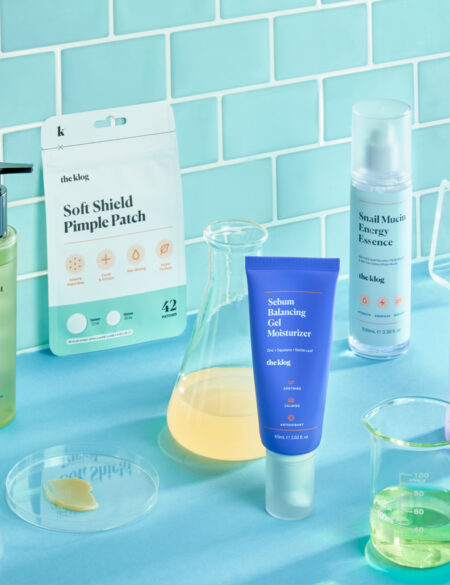Find out how Korean facials are different from American facials, and the pros and cons of each.
We’ve all seen the “Korean versus American” makeup tutorials, and the different trends emanating from both regions are truly fascinating! Americans are all about that dramatic eye makeup and chiseled, contoured face while Koreans opt for a more natural, bright-eyed, child-like visage. If you’re unfamiliar, we wrote about it here, and makeup artist Lisa Eldridge’s East Meets West video offers an informative, detailed example, as well.
What gets less attention than the makeup differences are the ways in which these two parts of the world vary when it comes to a proper facial. Each has their unique own approach, and today we’re breaking down the primary differences between the two.
How facials are viewed differently in Korea and America:
For many Americans, facials are considered a luxury splurge and often entail an enormous amount of whole-body pampering with an emphasis on #treatingyourself. Think “spa day” where you plan an entire day, week, or month around the facial, have it done, and then go about your business without another facial for the foreseeable future.
This is vastly different from the Korean approach, where people often get regular facials as part of their “beauty maintenance.” Given Korea’s current influence in the skin care market, it should come as no surprise that facials are extremely valued in their culture. Spas and bath houses (jimjilbangs) are an integral part of everyone’s lives (man, woman, child, and grandparents), and it’s been this way for thousands of years.
The price of a facial:
In Korea, facials are often received on a weekly or bi-weekly basis, and are typically more affordable and more accessible. In the United States, you’ll be hard pressed to get a facial for under $100, though it’s easy to pay several hundred dollars at a high-end luxury salon. In Korea—where skin clinics and spas are on every corner—prices are often between $30 and $75.
Of course, there are many Americans who get consistent facials, and there are certainly super luxurious, pampering centers in Korea, as well. In terms of the bottom line, though, it’s all about upkeep in Korea versus indulgence in America.
Traditional American versus traditional Korean facials:
A traditional American facial starts with cleansing the skin to remove any makeup or dirt. Next, some exfoliation is done to further rid the skin of dead cells and dirt, and steam is utilized to “open” the pores. All the above allows the skin to better absorb the products that will be applied afterward, and also help to make the skin appear brighter and healthier.
After these steps, the facial is catered to your skin type, and almost always involves a mask that improve skin texture (e.g. enzyme exfoliation, clay purification) and then a mask or treatment that promotes hydration. Your esthetician may also do extractions, which involves squeezing out gunk that’s built up in your pores.
A traditional Korean facial begins with a cleansing routine, as well, and is followed by toning and steam. After that, it deviates. Unlike American facials, physical exfoliation during a Korean facial is a rarity. Estheticians are more likely to use enzyme or chemical exfoliators to gently nix dead skin cell build up. From there, you can expect a Korean facial to align closely with the 10-step Korean beauty routine versus the abbreviated regimen outlined above.
After cleansing, toning and exfoliating, an ampoule or essence is applied, followed by a mask. This is often a sheet mask, but other mask types used include clay, rubber, and modeling masks. A moisturizing mask is applied afterward, and extractions may also occur.
Speaking of, extractions vary from spa to spa, and from esthetician to esthetician. However, it seems that Korean facials focus on extracting the noticeably clogged pores, whereas American facials may squeeze goo out from all over the skin. There are pros and cons to both: Isolated extractions mean there may still be gunk in your pores when you leave, but your skin won’t be as red or inflamed from overall skin prodding. Finally, SPF is applied after the entire regimen is complete. This is arguably the most important step, and one that is often overlooked in American facials!
Going beyond the face…
One thing that really sets Korean facials apart from American facials is that it almost always extends to the décolletage/breasts. Skin is thinner here than elsewhere, and is therefore more susceptible to sun damage, wrinkling, and looking “crepe-y.” This does involve massaging the breasts, which many American women may feel uncomfortable with, and is probably one reason why it’s not commonplace in the states despite its importance. A breast massage in Korea, though? No biggie!
On that note, you’ll find that there’s more massage done, in general, when it comes to Korean facials. And what really sets Korean facials apart from those in American is that the massaging isn’t done just because it feels good. Quite a bit of pressure is used (to the point that it may even feel uncomfortable), and the end goal is to make the skin appear less droopy, more contoured, and to stimulate circulation. The V-Line facial massage is a perfect example of this, and involves pressurized movement from the center of the chin and up and out, “drawing” a V-shape. Korean women use the V-Line technique, and other massage methods, at home, as well.
Final note:
The point of comparing the differences between American and Korean facials isn’t to say that one is better than the other. There’s something to be said for pampering yourself with a one-off, super soothing, luxury facial. It makes you feel good from the inside out, so when you want a break from life—and a glowing complexion—book yourself a traditional American facial.



